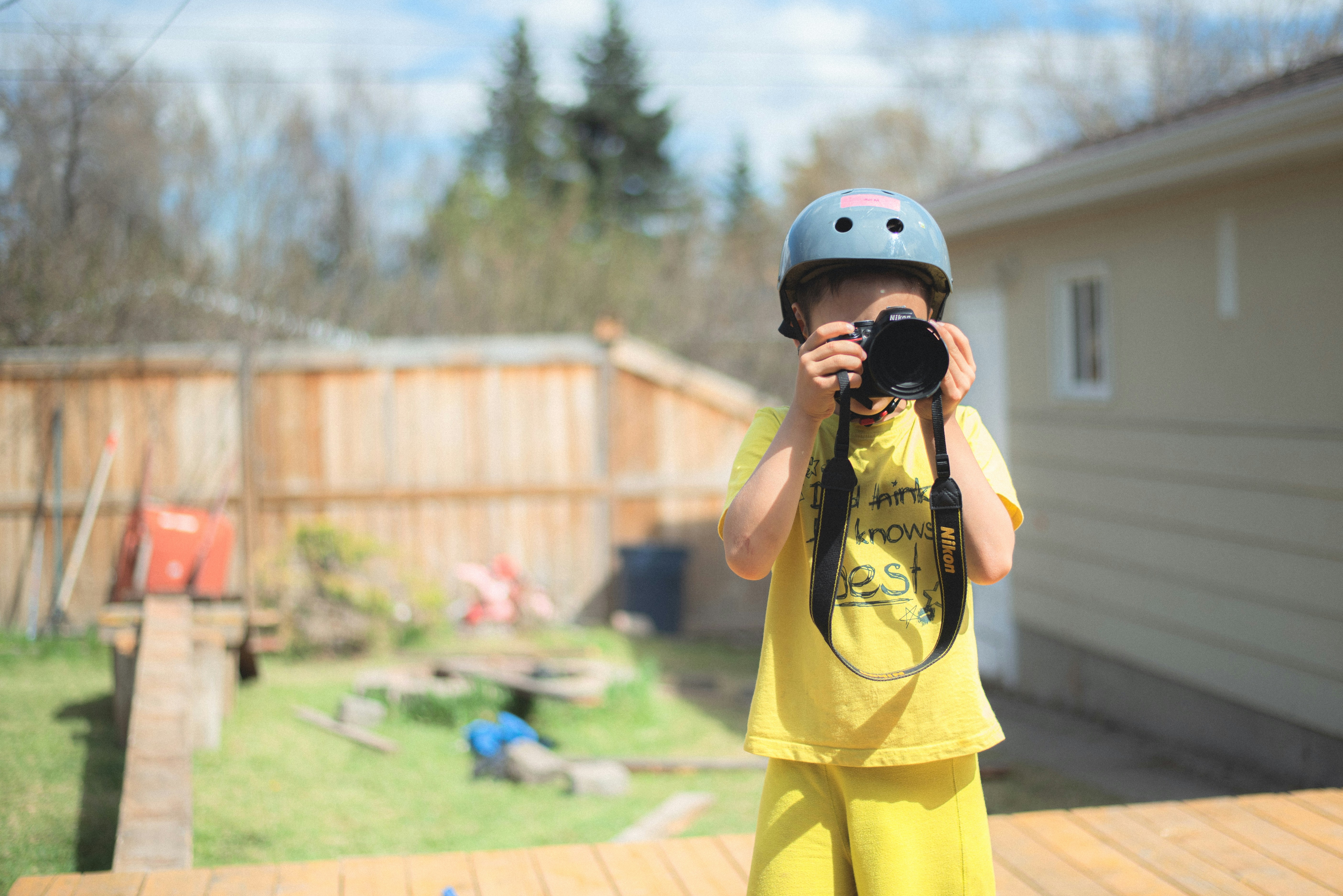

Your child might pass every eye exam with flying colors, yet still struggle to find their backpack in a cluttered room or feel overwhelmed in visually busy environments. What we call "seeing" actually involves dozens of neural processes working together to transform light patterns into meaningful information. Understanding how your child's unique visual processing works can transform struggles with reading, writing, and spatial navigation.
Download the One-Pager
You’ve seen it: your child gets overwhelmed in a toy store, loses their place while reading, or stares endlessly at a spinning ceiling fan.
It’s not stubbornness, distraction, or “bad eyesight” — it’s about how their brain is directing what their eyes capture.
Eyes are just the cameras. The real action happens in the brain — the director’s booth — where all the raw footage is sorted, focused, and edited into something usable. If the director is overworked, underfunded, or distracted, the final “movie” can be too loud, too blurry, or missing key scenes altogether.
The brain turns up the visual volume — noticing every detail, shadow, or flicker of light until it’s overwhelming.
You might see: avoiding bright lights, squinting indoors, becoming restless in cluttered rooms.
The brain turns the volume down — missing important visual details or cues.
You might see: difficulty finding items in plain sight, missing steps on stairs, not noticing spills or messes.
The brain craves extra visual input — scanning for movement, patterns, or high-contrast colors.
You might see: staring at fans, following moving lights, getting absorbed in tiny visual details.
Think of it this way: The visual system is your child’s personal movie director. If they focus too much on background extras or miss the main actors entirely, the plot gets hard to follow.
You’re matching the environment to your child’s current “visual bandwidth,” so the brain can focus on what matters without getting lost in the visual noise.
Visual processing isn’t static. Your child may be over-responsive to certain types of movement but under-responsive to static cues, or seek intense visuals when tired.
This pattern map will help you fine-tune both learning and leisure environments.
Parent Takeaway: Your child’s “seeing” is a brain process, not just an eye process. Adjusting the visual world to meet their processing style can make learning, socializing, and moving through the day far smoother.
Wondering how your child’s brain actually handles all that visual input? Here’s the deep dive.
Visual processing works with vestibular (balance) and proprioceptive (body position) input to orient your child in space. A mismatch can cause clumsiness, reading struggles, or motion sensitivity.
References: Atkinson, 2017; Goodale & Milner, 1992; Hubel & Wiesel, 1977; Schneps, 2014.
Educational Content Only
This framework is one way to understand your child's experiences. It complements—never replaces—professional clinical services, medical advice, or therapeutic interventions.
Trust Your Instincts
Every child's brain works differently. You know your child best, and what resonates for one family may not apply to another.
This content is developed with care, grounded in research, and offered with respect for your family's unique journey.